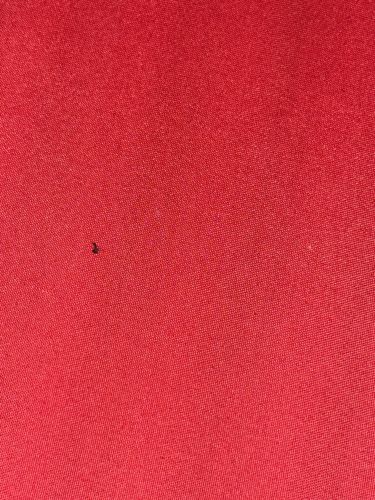Fungus Gnat
Scientific Name: Sciaridae (various genera like Bradysia), Mycetophilidae (various genera)
Order & Family: Order: Diptera, Family: Sciaridae or Mycetophilidae
Size: Typically 2-8 mm (0.08-0.3 inches) long.

Natural Habitat
Fungus gnats are commonly found in moist environments, especially around houseplants, greenhouses, and other areas with damp soil and organic matter. They thrive in overwatered potted plants.
Diet & Feeding
Adult fungus gnats typically do not feed or feed on liquids. Larvae feed on fungi, decaying plant matter, and sometimes plant roots.
Behavior Patterns
Fungus gnats are attracted to light and moisture. Adult gnats are weak flyers and typically remain close to their breeding sites. The larvae live in moist soil and feed on fungi and decaying organic matter, and sometimes plant roots. Their life cycle from egg to adult is relatively short, around 3-4 weeks, allowing for rapid population growth under favorable conditions.
Risks & Benefits
Risks: Larvae can damage plant roots, especially in young or delicate plants, leading to wilting, stunted growth, and yellowing leaves. They can also be a nuisance indoors due to their presence. Benefits: In nature, they play a role in decomposition, helping to break down organic matter in soil.
Identified on: 9/4/2025